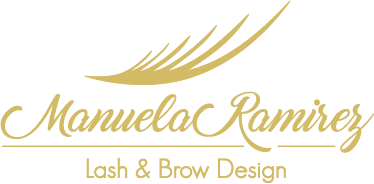Eyebrow Treatments
Microblading and Everything You Need To Know About Eyebrow Treatments
Full, natural brows are having a moment. Not only are they practical, a barrier protecting our
eyes, but they are also key in communication and expression. Brows work to frame the eyes
and face and proper eyebrow grooming has worked its way into being an essential part of our
beauty routines. But what happens when your brows (or lack thereof) don't give you much to
work with?
Fortunately, there are plenty of options when it comes to brow filling treatments and
techniques. One such treatment that has been getting hype as of late is microblading. Many
celebrities, such as Madonna, have all had their arches touched up using this procedure.
Anyone who benefits from brow pencil is a candidate for microblading, the semi-permanent
solution of creating tiny brow hairs with a needle to create the illusion of natural and fuller
brows. No more penciling in eyebrows that may or not may not come out right.
The process begins with the brow specialist consulting with the client about the best brow
shape and chooses a color that matches the natural hair color and skin undertone. After
numbing, a hand-held tool is used to manually draw hair strokes. Microblading is all about
creating the best shape for each face. The needle very finely implants featherweight strokes
with a medical grade pigment on the epidermis layer for the skin, creating fine, realistic and
natural hair strokes. The whole process takes about 2 hours – the numbing takes most of the
time (50 minutes).
Microblading eyebrows is different to having your brows tattooed - microblading, unlike
tattooing, is not in the deep layer of skin, but more on the surface. It is not permanent, and the
color fades within 18 months depending on the skin type.
A follow up session will assess the outcome and darker pigment or further strokes are added if
required. Brows will be up to 40% darker in shade for the first week to 10 days but they will
fade and change color and will reveal their final color and shape after one month. Do not panic
– be patient.
While microblading has proven to be a viable option for those dreaming of thicker, fuller
arches, another similar-sounding technique has also made its way onto the eyebrow scene:
microfeathering. While both treatments follow the same procedure wherein strokes are added
to the skin with small incisions that emit a pigment, the effect differs. With microfeathering, the
intent is to fill-in sparse growth rather than cover the entire brow area. Proponents of
microfeathering claim that it offers a more natural-looking result than microblading.
Where microblading tattoos hair-like strokes in your existing brows, microshading tattoos tiny
dots along your brows for a less defined finish.
What is microshading and how is it different to microblading? Both are forms of semi-
permanent make-up for your eyebrows, they have a few subtle but important differences.
Compared to microblading’s super precise, individual hair look, microshading has a much softer
finish. Think of it like using a brow pencil compared to a brow powder or pomade.
What about brow lamination, a completely different noninvasive procedure that involves
straightening the brow hairs so they lie straight, full, and in the right direction? It's like a perm,
but without curling. Because the brow hairs are straightened and well-groomed, your brows
look fuller. Brow lamination complements brows that have been microbladed for an amazing
look.
Not sure which technique is for you? Fear not, because often technicians combine methods to
create the most realistic and natural finish.
PHOTO CREDIT James Olaya & Fernando Crivelli. Manuela Ramirez Trainers.

